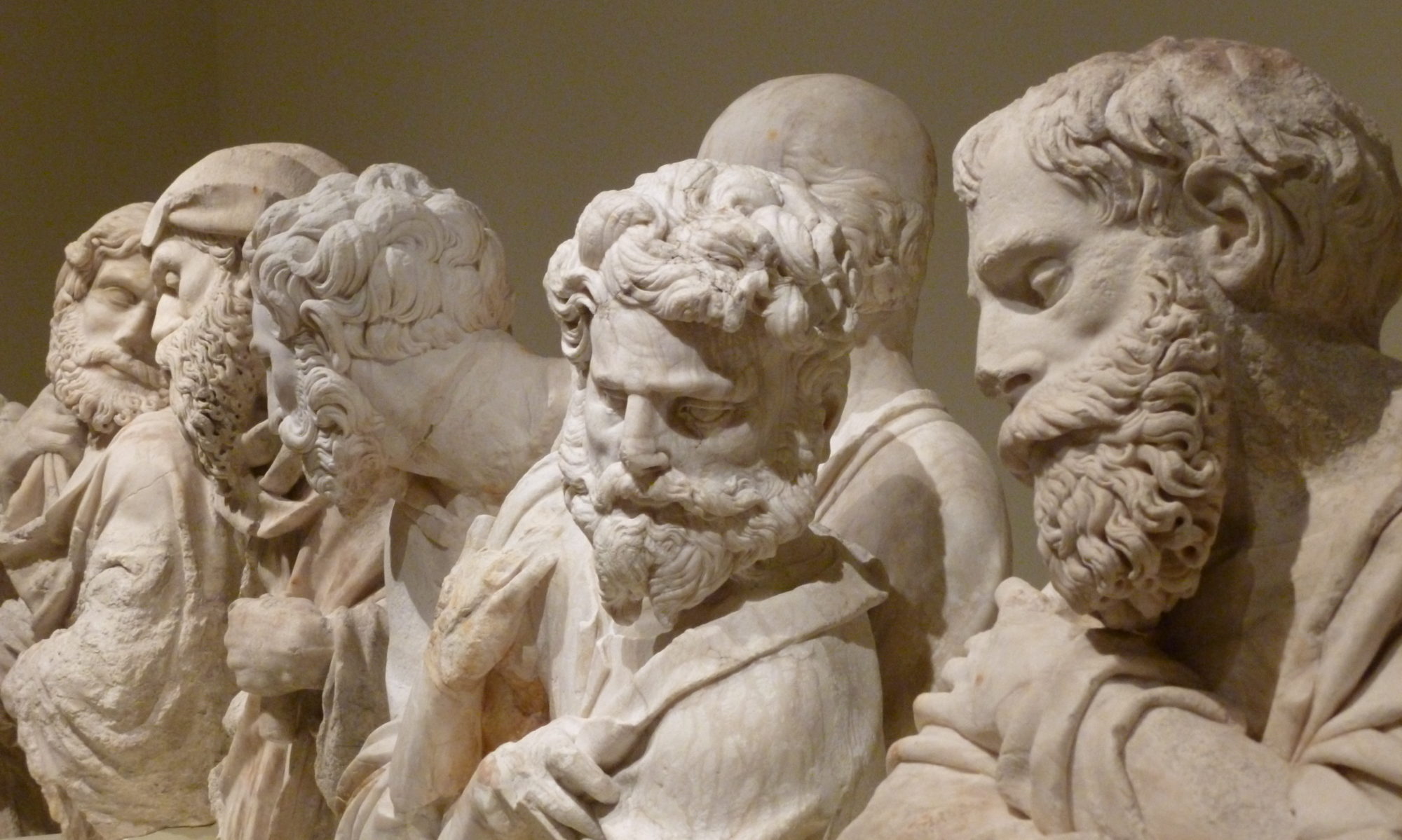As I have shared in the past, I was once part of the on-stage child audience on the Jim and Tammy show. I was a youth counselor when the Billy Graham Crusade came to town. I graduated from high school just down the road from Pat Robertson’s global headquarters. When I talk about the heresy of fundamentalism, I know.
The good news is that I’m not buying Jim Bakker’s doomsday prepper supplies, though between plague, war, and white men with guns, I’m starting to wonder if its not a good idea. I’m not an Islamophobic ethno-nationalist like the Rev. Graham’s son, Franklin, the con-man and liar. And unlike Robertson and others of his ilk, I do not believe that God sends hurricanes to punish the United States for marriage equality.
But let’s start with today’s reading. The prophetic ministry of Amos took place during the couple of centuries when there were two Hebrew kingdoms. In the south, the Kingdom of Judah was centered around Jerusalem and the great Temple of Solomon. In the north, the Kingdom of Israel was centered around worship at Bethel. This kingdom was sometimes called Samaria, and the residents of this region, Samaritans.
Amos feels called to deliver God’s word of justice to the people of Israel. And justice is the theme of the most famous verse from the text, “But let justice roll down like waters, and righteousness like an ever-flowing stream.” The thing is, Amos isn’t even from Israel. As he reports in our reading, he’s a shepherd and arborist from Judah. So not only is he aggravating as all heck, he isn’t even a local.
Many folks read today’s passage and the doom-and-gloom condemnation of the prophets generally as proof text, confirmation of their version of God the punisher. These are the folks that link homos and hurricanes, who want to believe that those who don’t follow God’s law suffer in this life.
But as we established a couple of weeks ago, it simply doesn’t work that way. Bad things happen to good people, sometimes, and bad people and bad nations do just fine, at times. I wish doing good things produced good karma, but I don’t do good things in order to get rewarded. I don’t do good things to get a golden ticket to some maybe heaven. I do good things because goodness, compassion, life, are the natural order of God’s good creation, because I am most myself when I am aligned with all that is goodness and Godness.
Continue reading “Homos and Hurricanes: 10 July 2022”